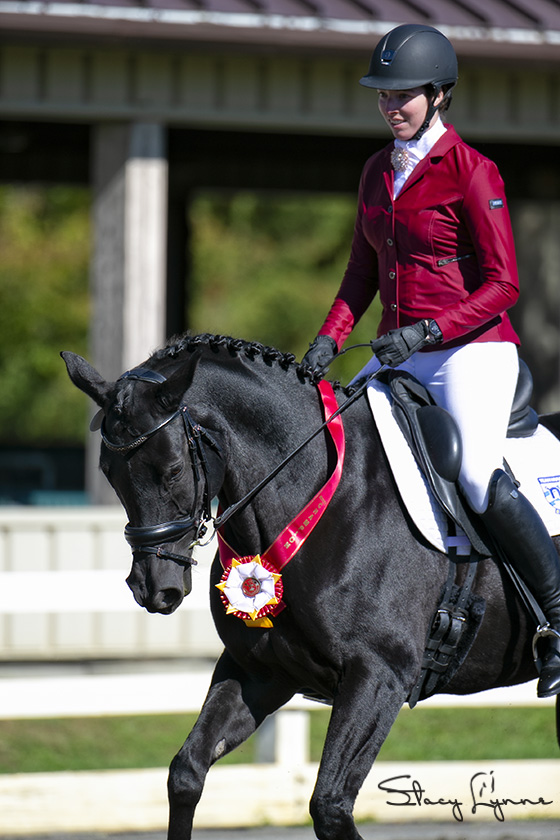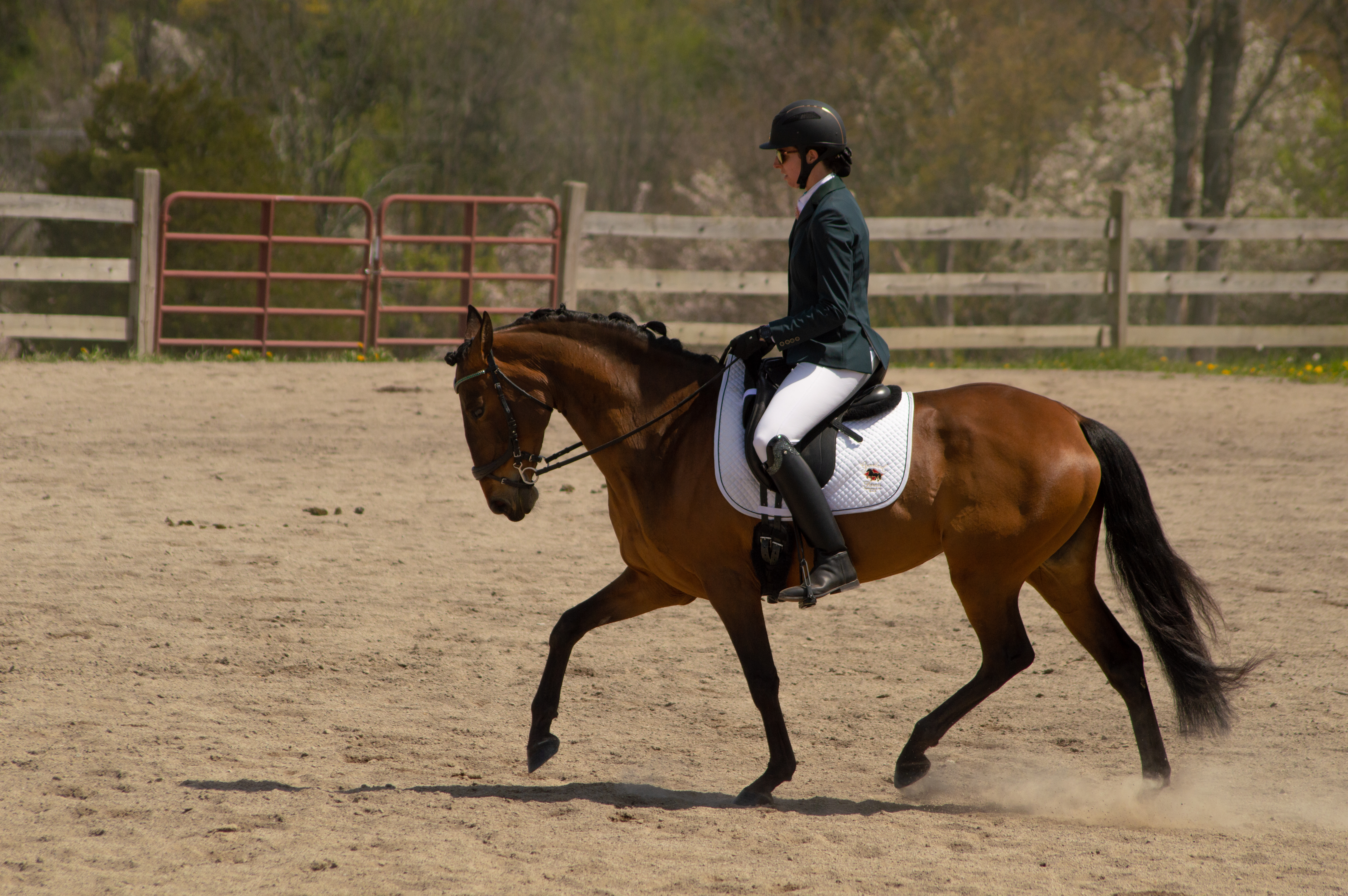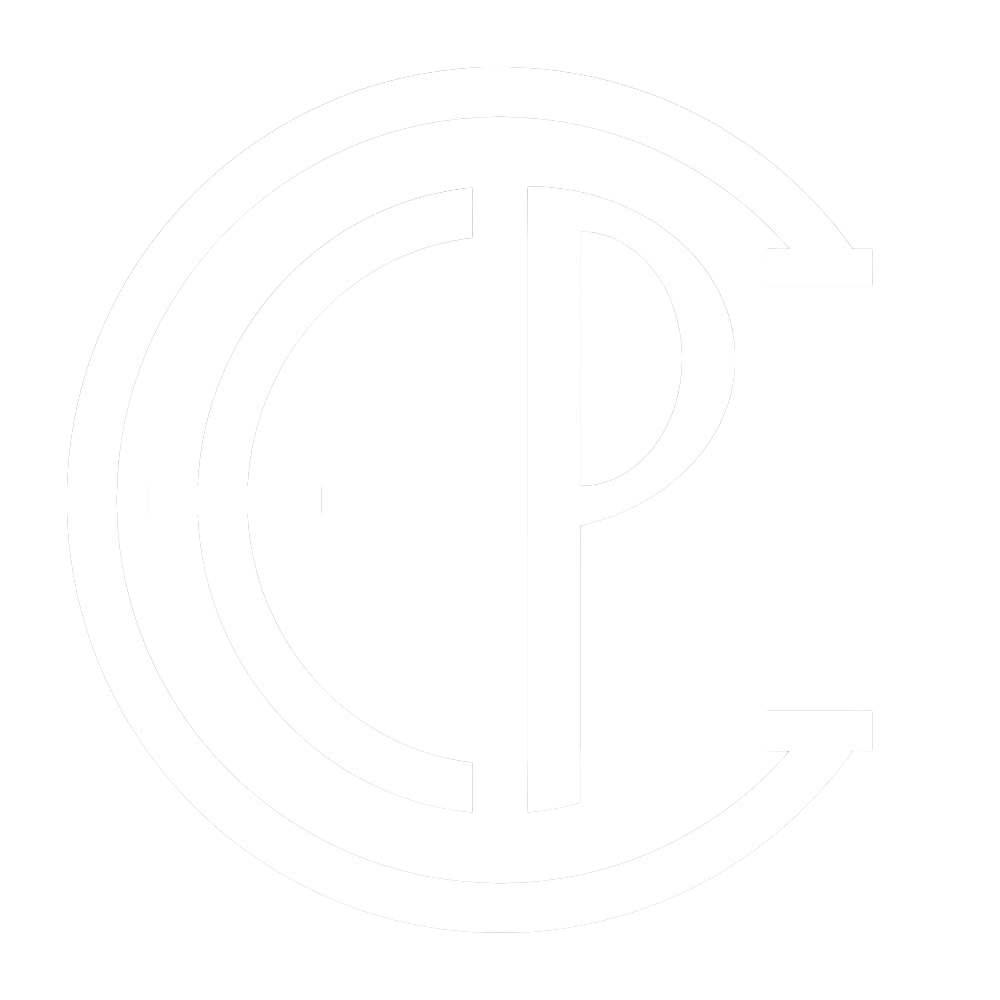An Interview with K. Clarke Equine LLC
Kendra Clarke’s introduction to the equine industry was much like many young riders—persistent pleading until she finally got the chance to take lessons. Her first instructor, Kim, played a pivotal role in shaping not only Kendra’s riding abilities but also her character. Kim was more than a coach; she became a mentor who provided stability during difficult times, instilling values of resilience, centered riding, and mental well-being. Her encouragement to try new things fueled Kendra’s enthusiasm and laid the foundation for her future.
Educational Foundations and Biomechanics Specialization
Kendra’s formal equestrian education began at Delaware Valley University, where she participated in an exchange program with Hartpury College in England. It was during this time that she discovered her passion for biomechanics, studying under Louise Davison. Unlike in the U.S., England has structured certifications and physiotherapy degrees specifically tailored to equestrian athletes. Building on this experience, Kendra pursued further studies and conducted a competitive analysis, revealing that biomechanics training was an untapped niche in her region. This realization ultimately led her to establish K. Clarke Equine LLC in 2015.
Beyond her biomechanics focus, Kendra also earned a Master of Business Administration (MBA), recognizing that equestrian expertise alone isn’t enough, but that business skills are critical to longevity in the industry. She holds a prestigious 4* certification in “Train Your Seat” (formerly Franklin Method Equestrian), making her one of only two individuals in the U.S. with this level of accreditation. Her dedication to continued education and ethical training remains a cornerstone of her business philosophy. “My goal in certification is to prove to my clientele that I am passionate about showing you what I know and in what ways I differ from everyone else”.
Revolutionizing Training with the Racewood Eventing Simulator
A key feature of Kendra’s program is the use of “Blue,” a Racewood Eventing Simulator that provides riders with an opportunity to refine their biomechanics in a controlled environment. “We can do things that would be unsafe or impossible on a real horse, like tie stirrups or utilize bands around the simulator”, Kendra says, “Riders have a safe space to feel their bodies without a horse involved”. The simulator allows riders to practice movements, receive real-time feedback, and build confidence before transitioning skills to their horse. This tool has proven particularly effective for:
- Helping riders feel their bodies’ mechanics without the unpredictability of a horse.
- Assisting nervous riders in overcoming fears (e.g., regaining confidence in the canter).
- Providing a safe way to address balance, tension, and asymmetry issues.
By integrating both simulator and live horse sessions, Kendra tailors her approach to each rider’s individual needs, ensuring safe and effective learning experiences.

The Impact of Tack and Equipment
Tack and equipment play a crucial role in rider effectiveness, often influencing biomechanics in subtle but powerful ways. Ill-fitting saddles, overly stiff boots, or restrictive thigh blocks can limit mobility, disrupt balance, and create tension that hinders performance. Kendra emphasizes the importance of meeting each rider’s body where it is, rather than forcing it into standardized gear that may not suit their anatomy. For example, riders with hypermobility may benefit from stiffer boots for added support, while others may lose essential access to key muscle groups due to inflexible materials. Each rider has a unique structure, and equipment should be chosen based on their needs, not just trends or tradition.
Misconceptions in Rider Fitness and Biomechanics
Kendra identifies several key misconceptions regarding rider fitness:
- Ignoring the balance between stretching, mobility, and strengthening – Riders need a combination of all three for optimal performance.
- Neglecting off-horse fitness – Just as athletes train off the field, riders should condition their bodies outside the saddle.
- Overlooking the nervous system’s role in recovery – Physical injuries often come with a neurological component that must be addressed for full rehabilitation.
- Misinterpreting positive vs. negative tension – Not all muscle engagement is restrictive; learning how to differentiate between the two is crucial.
- Underestimating the impact of tack and equipment – Boots, saddles, and other gear can influence biomechanics significantly, sometimes restricting movement rather than aiding it.
She emphasizes that horses are mirrors of their riders. If a rider has imbalances, the horse will develop compensatory patterns, potentially leading to soundness issues. Her approach involves identifying these imbalances early and addressing them through building stronger human and equine athletes.
Filling the Holes in Training
Many training gaps stem from fundamental weaknesses, such as lack of topline strength or thoracic sling mobility. Kendra integrates groundwork and biomechanical techniques, using tools like resistance bands, proprioception exercises, and even simple body shifts to help horses find better balance and engagement.
Additionally, she underscores the importance of keeping horses “in front of the leg”—avoiding the common issue of riders inadvertently shutting down their own joints while simultaneously asking the horse to go forward, creating mixed signals.

Evolving the Industry: A Mindful and Ethical Approach
Kendra believes the equestrian industry must prioritize ethics, education, and horse-and-rider well-being over tradition and trends. She challenges riders to ask themselves tough questions:
- Why do you ride? If your horse became permanently lame, would you still cherish and care for them, or would you immediately look for another competition prospect?
- Are you investing in your education? Riders should seek out well-credentialed professionals, cross-checking information and answers from multiple sources.
She also pushes back against the stigma that professionals must ride through anything to prove their credibility. “I’m not scared—I’m calculated,” she says, emphasizing that safety and longevity should be prioritized.
The Heart of True Horsemanship
Beyond technical skills, Kendra stresses the importance of reconnecting with the joy that first drew riders to horses. “We all should remember that we were once just 12-year-old girls that wanted to buy carrots and pet ponies”. True horsemanship isn’t about medals but about understanding biomechanics, respecting the horse’s needs, and embracing a lifelong commitment to learning. Through K. Clarke Equine LLC, she is not just about creating better riders, but about fostering better horsemen and women who truly understand and respect their equine partners.




